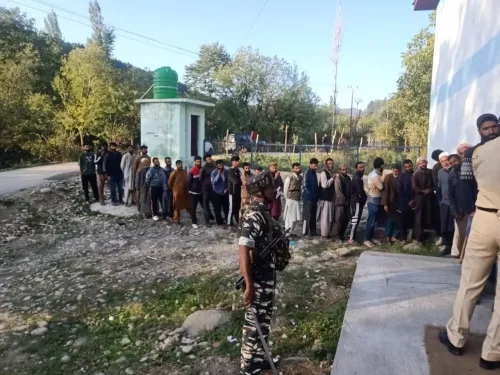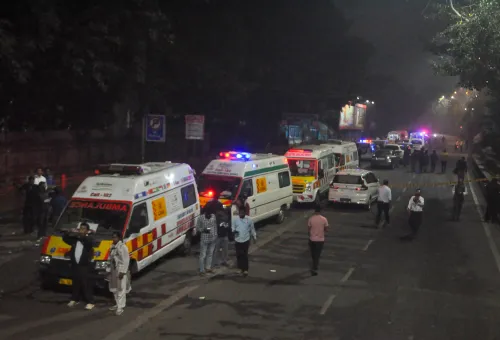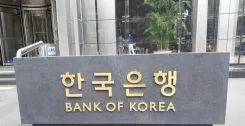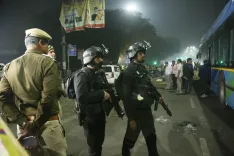Are Medical Students in South Korea Returning to School After a 17-Month Boycott?
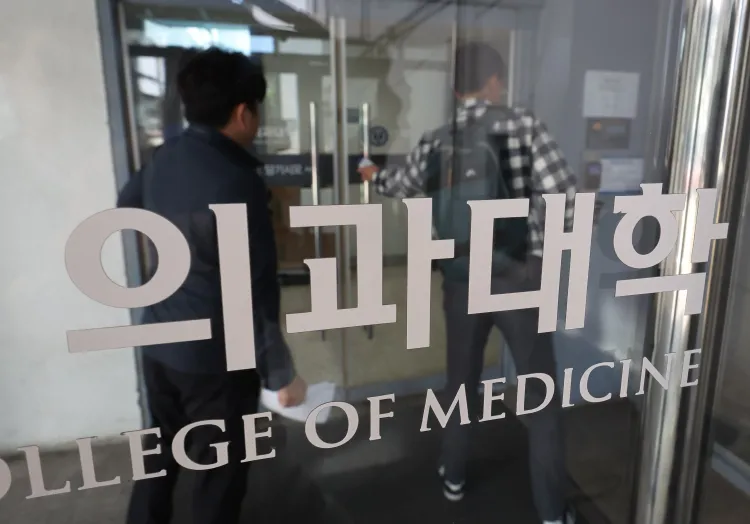
Synopsis
Key Takeaways
- Medical students in South Korea are returning to school after a lengthy boycott.
- The boycott lasted 17 months and was a response to government plans to increase admissions.
- The government has agreed to restore the 2026 admissions quota to its original level.
- Students have called for improvements in the medical training environment.
- The situation highlights the need for collaboration between students and the government.
Seoul, July 13 (NationPress) Medical students who had halted their classes in protest against the government's initiative to expand medical school admissions have declared their intention to resume studies after almost 17 months.
The Korean Medical Student Association made this announcement during a press conference with the National Assembly's education and welfare committees, along with the Korean Medical Association on Saturday.
"We are set to return to our academic pursuits, placing our faith in the National Assembly and the government, and we are dedicated to normalizing medical education and improving the healthcare system," the organization stated in a joint declaration, although they did not provide a specific return date.
They also called upon the government to implement strategies to restore academic schedules and to establish a consultative body aimed at enhancing the medical training environment over the long term, as reported by Yonhap news agency.
This announcement follows nearly 17 months of protests during which thousands of trainee doctors ceased work, and numerous medical students boycotted classes starting in February last year, in response to the government's decision to boost medical school enrollment by 2,000 students beginning this year.
The education ministry had previously indicated that 8,305 students across 40 medical schools nationwide would face grade retention, necessitating them to repeat the same academic year alongside younger cohorts.
While the government later reversed its decision, opting to maintain the 2026 quota at the original level of about 3,000, many trainee doctors and medical students have yet to fully return to their hospitals and educational institutions.


